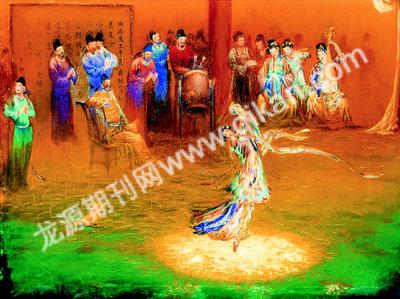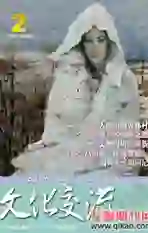Innovation in Art
2009-06-08WangYanbo
Wang Yanbo

The first time I saw the paintings of Li Kechang, I was literally astonished by his accomplishment. I learned that the versatile artist was more than a master of inside-bottle painting, for he was also accomplished in oil painting and traditional Chinese painting. In September 2008 when I visited his one-man art exhibition at Rong Bao Zhai, the most historical shop for traditional Chinese painting and calligraphy in Beijing, I was again astonished to learn that Li Kechang had other talents, for the one mans show displayed his artworks in sculpture and calligraphy.
The Greatest Master of Inside-Bottle Painting
Li Kechang rose to national fame for his preeminent art of inside-bottle painting. Designated as China Art Master by the then Ministry of Light Industry in 1988, he is regarded unanimously as the highest authority of inside-bottle painting and the greatest artist in the history of Chinas inside-bottle painting.
Li never repeats himself in creating paintings. When his career started, he discovered distastefully that many artists copied, repeated, duplicated, and imitated. He decided to be innovative and never to repeat himself. All his snuff-bottles carry a special serial number to make sure that each one is unique. His achievement results from his technical innovation. It was him that introduced greasepaint into inside-bottle painting in China, which greatly enhanced the art in its expressiveness. He is the only artist in China who is able to create three-dimensional images inside bottles. What is more, he is able to paint an image on both sides, with the front side presenting the front and the back image displaying the backside view.
Li Kechang has long since branched out from snuff bottles to large-size glass or crystal containers such as vases and wine bottles. These large-size paintings give him more freedom to explore possibilities in inside-bottle paintings.
The themes in his paintings are astonishingly wide, ranging from classic novels to historical events, from legends to myths. His illustrations are ingenious and marvelous.
Traditional Chinese Painting
His style in inside-bottle paintings is quite different from the style in his large-size traditional paintings on rice paper. The difference is more than size between the media. Interestingly, his paintings inside bottles are down to the smallest details while his paintings beyond bottles are hilariously impressionistic and freewill and the subjects vary from landscape, flowers, figures and animals.
Oil Paintings
Li Kechangs oil paintings feature two outstanding characteristics: they are all about big events in history and legends and they are all small in size. The sharp contrast in his choice of large scenes for small-size paintings is very striking. He painted Zhou the Tyranny, the last emperor of the Yin Dynasty (c 17th century BC-11th century BC) in this style. He also recreated Riverside Scene at Qingming Festival, successfully downsizing the original 528cm x 24.8cm painting by Zhang Zeduan (1085-1145) of the Song Dynasty to a much smaller reproduction. The 108 outlaws of the marshes appear in a 25cm x 17cm painting.
Scholarship
Li Kechang is the first artist in China who published his dissertations on inside-bottle painting. These papers have become key documents in the art of inside-bottle painting, for they identify guidelines, define concepts, and discuss key academic questions. His definitions, concepts, guidelines and discussions are now widely accepted by artists in this field.
Li Kechang in his 70s has retired to Australia. He runs a gallery in Perth in West Australia where he displays Chinese art. He also writes a regular column on art for a newspaper in Perth. Many of his artworks are now in the collections at home and abroad.□
